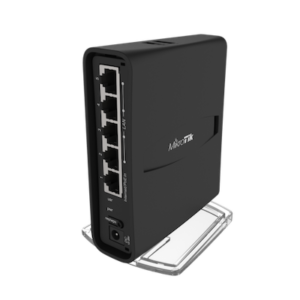
WiFiRanger's Spruce router is the mid-tier indoor router in WiFiRanger's Converge lineup that began shipping in October 2019. WiFiRanger was acquired by Winegard in 2020 and WiFiRanger products are now sold by Winegard.
It offers a slim profile but with robust features and is designed to easily pair with a Converge outdoor router (Teton, Denali, or Everest) installed on an RV roof.
But like the other WiFiRanger Converge routers, the Spruce also works standalone - and if you do not need the roof-mounted long-range capabilities - the Spruce by itself is an exceptional value with plenty of built-in features.
The Spruce has internal Wi-Fi antennas creating a slim design that can tuck into small spaces. But unlike the Poplar and the Aspen, the Spruce does not have an option for an embedded cellular modem. All of its cellular data capability comes via USB tethering, Ethernet, Wi-Fi-as-WAN, or from a paired rooftop Converge unit.
But with a powered USB hub, the Spruce allows up to three mobile hotspots and/or cellphones can be tethered to load balance across multiple WAN inputs - at least in theory.
The Spruce does have quite capable Wi-Fi-as-WAN capabilities, consistent with WiFiRanger's historical focus on this feature.
Under the hood, the Spruce has upgraded processing power compared to earlier WiFiRanger models. WiFiRanger tells us that:
"Spruce is like a GoAC (WiFiRanger's former indoor flagship) on steroids. It’s 802.11ac with a quad core processor and hardware acceleration."
The Spruce replaces the former flagship WiFiRanger indoor router, the GoAC, which was priced vastly higher at $349.
The Spruce is fantastic value for a feature-packed router and we have transferred over to it the now-retired GoAC's top pick status.
For an overview of the full WiFiRanger product line (and a look at some of the software features in common across different devices), see our gear center entry:
Specifications
- Model: Spruce
- Base Technology: MikroTik HAPac2
- Router Specs:
- # of Connected Devices: Not specified
- Wi-Fi Router:
- Wi-Fi Standard: Wi-Fi 5 (802.11ac) - Simultaneous 2.4 GHz & 5 GHz
- Max Theoretical Wi-Fi Speed: 300 Mbps (2.4 GHz), 866 Mbps (5 GHz)
- Wi-Fi Notes: Wi-Fi 5 Wave 2 - MU-MIMO
- Wi-Fi Antenna: 2x2 MIMO (Internal - No Antenna Ports)
- Wi-Fi-as-WAN: Yes
- Claimed Wi-Fi Range: Up to 600 feet
- Guest Wi-Fi Network: Yes
- Default Control Panel Address and Password:
- Control Panel: mywifiranger.com or http://10.121.86.1/
- Default Password: changemenowXXYY (XXYY" are the last four digits of the WFR ID)
- USB Tethering Support: Yes - One natively, or up to three devices via a powered USB Hub.
- Ethernet Ports: 5x - Gigabit Ethernet (2 WAN Switchable)
- Cellular Modem Specs: N/A
- Dimensions: 1.3" Tall x 4.6" Wide x 3.4" Deep
- Other Ports: None
- Power Source: 12V or 24V DC Power / AC Power Adapters Optional
- Outdoor Rated: No
- Special Features: Data Usage Tracking, Auto Failover, Load Balancing
- Retail Price: $120
News, Video & Status
In October 2019, we received our initial evaluation Spruce unit and a WiFiRanger Converge Denali - courtesy of WiFiRanger. Another MIRC team member received a Spruce with a Converge Everest for testing in the Spring of 2021.
We have integrated these into our testing, and our review is shared with members below. Additional testing will occur as WiFiRanger firmware matures, as it is still technically in beta.
Members can track our continuing evaluation and full testing data in these forum posts:
- [Testing Lab Report] Pepwave MAX Transit Duo vs WiFiRanger Converge, MIMO Antennas (Fall/Winter 2019/2020)
- In Progress Testing Forum Notes
- 2022 Wi-Fi-as-WAN Head-to-Head Testing Roundup
Here is our first look video:
Related News Center Articles
Alternatives to Consider
For other popular mobile routers on the market we are tracking - here are our featured options:
This Review Contains Additional Member Exclusive Content!
We are Honored to be Member Funded! No ads, no sponsors, no selling (but may contain affiliate links)
Our members fund our in-depth independent reviews.
This entry may contain additional member exclusive content such as testing notes, field testing data, user interface tours, comparisons to alternatives, analysis, tips, videos and discounts.
Members also get interactive guidance, alerts, classroom and more.
Other Ways to Support Our Work At MIRC
Member Exclusive Content Below
- Thoughts & Analysis - Favorite Features & Potential Downsides
- Deep Dive
- Hardware Notes
- Testing Notes
- Summary
Purchasing Options
Purchasing Links & Disclaimer
We don't sell stuff, we are primarily member funded. Some links below may be affiliate links (see our disclaimer), which also helps fund MIRC.
The vendors displayed below provide larger discounts to our MIAs that we have negotiated instead of displaying affiliate links while they are logged in.
MIA Discounts - Learn & Save!
Our Mobile Internet Aficionados (MIA) get special discounts from the below vendors. Members please check for discount codes before ordering. With savings up to 11% off, you could save more than your membership cost!
WiFiRanger Product Shortage
Beginning in June 2023, WiFiRanger started moving its product manufacturing. The WiFiRanger store is also merging with the Winegard Store (Winegard acquired WiFiranger in 2020). This has caused a WiFiRanger product shortage during this transition. It's not clear when production and availability of products at the online store will resume.
If you want to buy both indoor and outdoor units at once - this unit is typically available as part of a pack as well.
Routers can serve as a central conductor of your local area network in your RV and boat. Mobile routers are different from residential routers in that they typically support multiple internet sources like cellular and Wi-Fi, can be powered off of 12v or AC and support external antenna for better receiving signal.
But you might not need a router in your setup. Here's a quick video overview the variety that routers come in:
For more on learning about mobile routers and how they might fit in your setup, follow up with our educational resources:
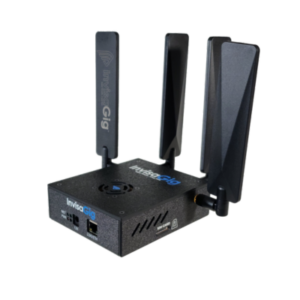
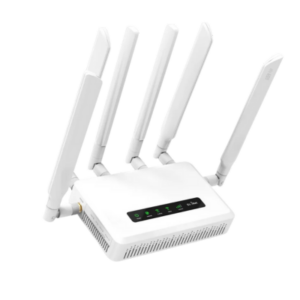
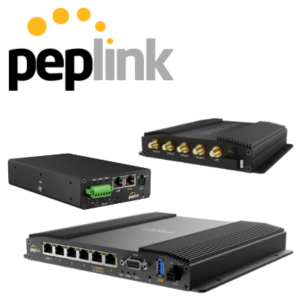

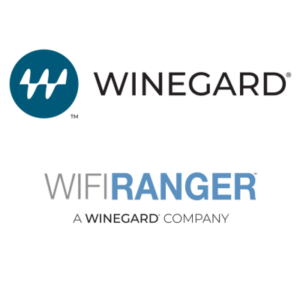
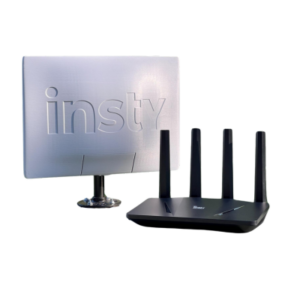
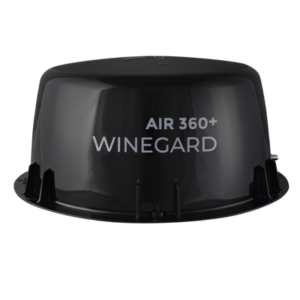

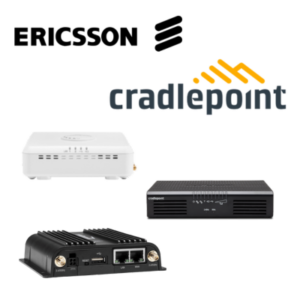



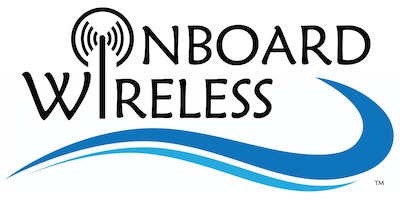








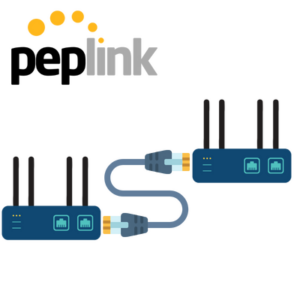

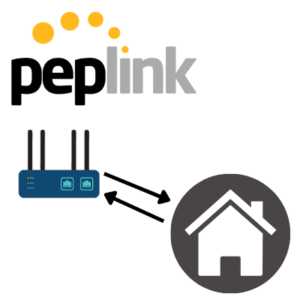
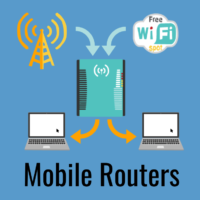

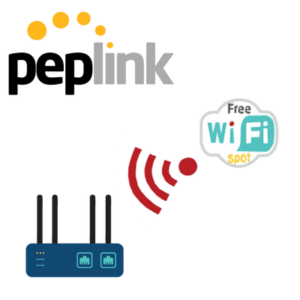


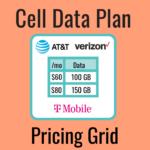

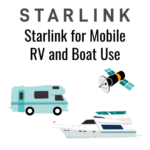

 Mobile Internet Resource Center (dba Two Steps Beyond LLC) is founded by Chris & Cherie of
Mobile Internet Resource Center (dba Two Steps Beyond LLC) is founded by Chris & Cherie of